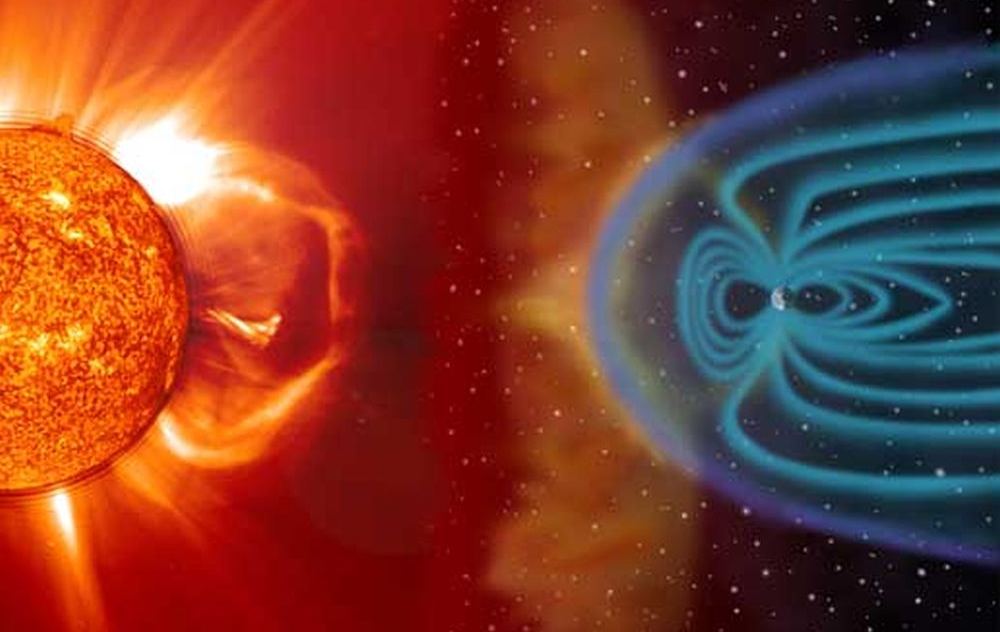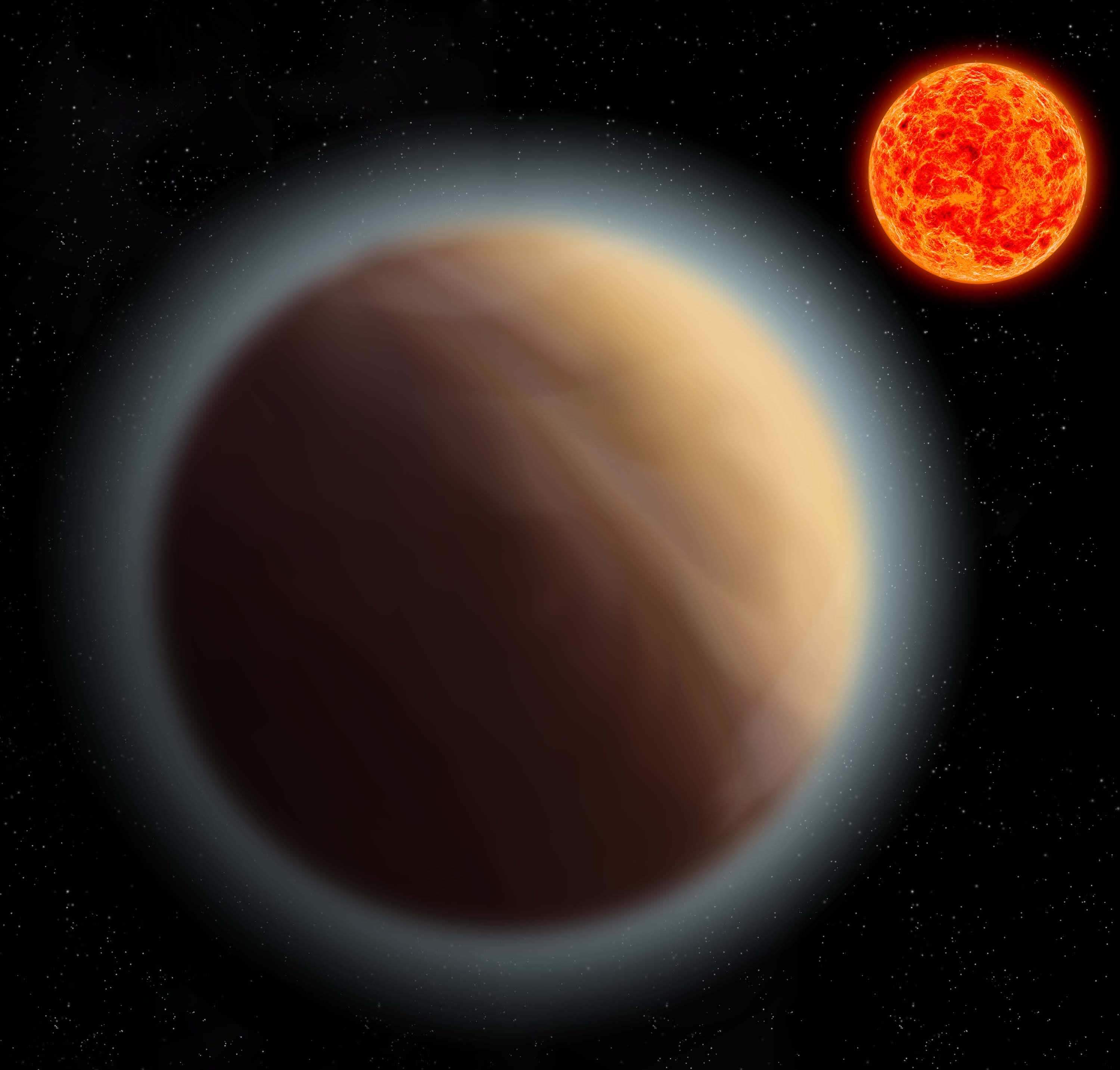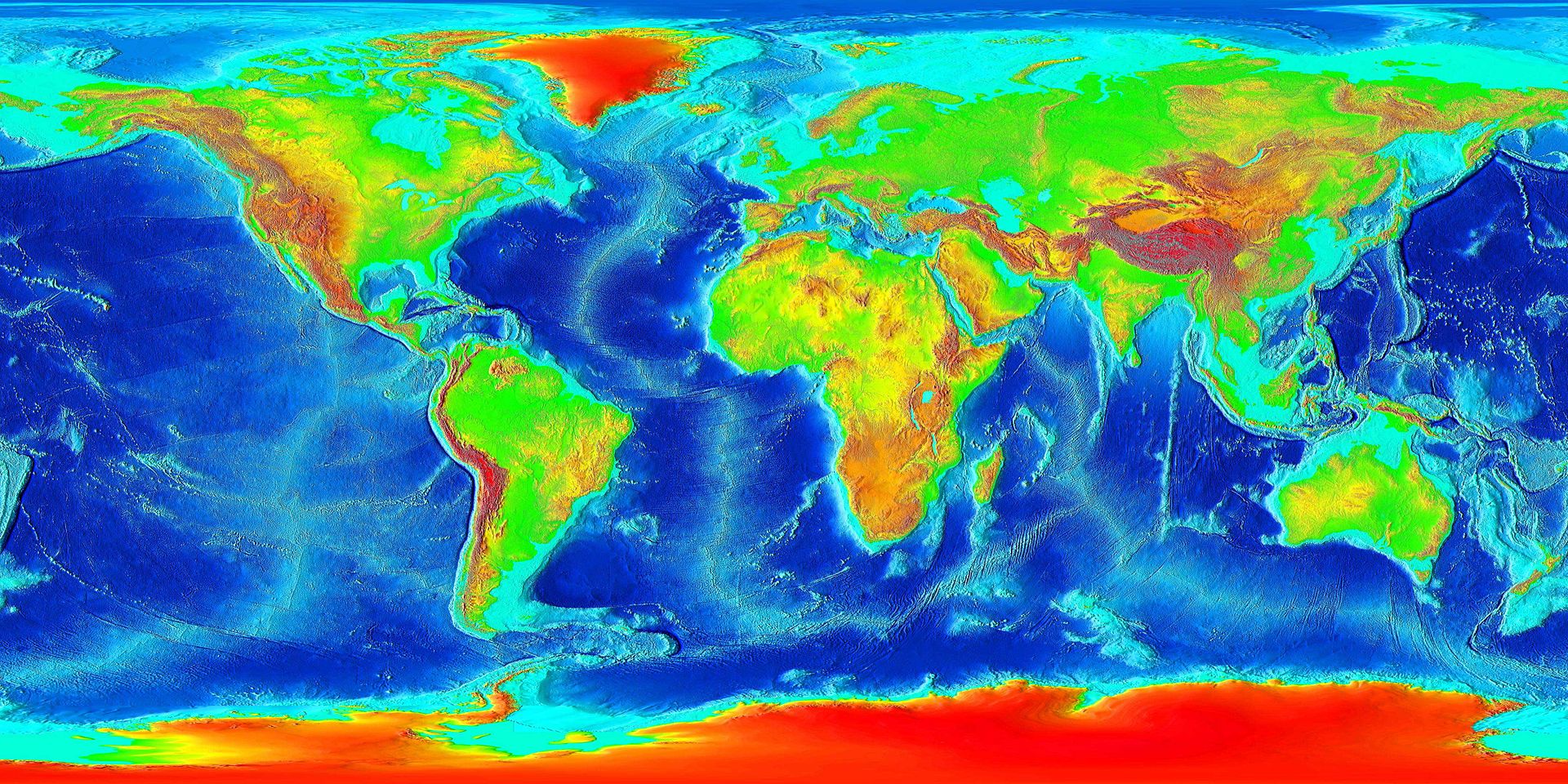At times, it seems like there’s an indundation of announcements featuring discoveries of “Earth-like” planets. And while those announcements are exciting, and scientifically noteworthy, there’s always a little question picking away at them: exactly how Earth-like are they, really?
After all, Earth is defined by its relationship with the Sun.
Continue reading “Astronomers Have Found the Star/Exoplanet Combo That’s the Best Twin to the Sun/Earth”








